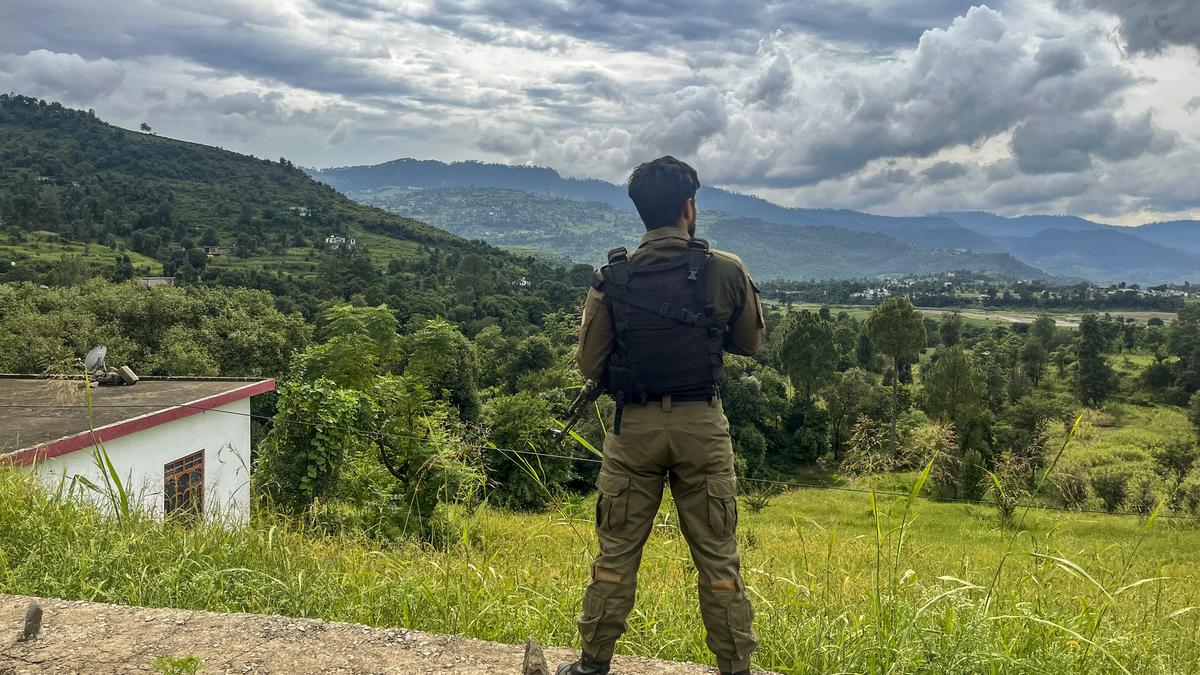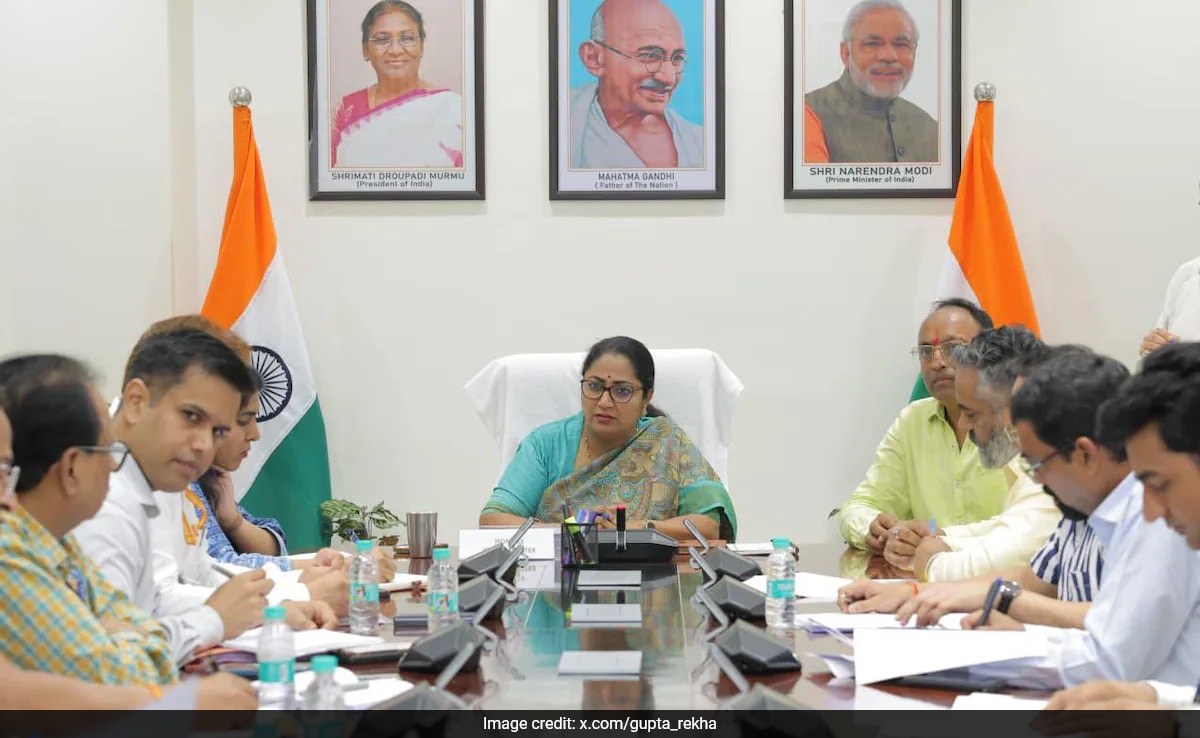External Affairs Minister S. Jaishankar will represent India at a virtual summit of BRICS nations on Monday (September 7, 2025), the Ministry of External Affairs said here on Friday (September 5, 2025), announcing India’s participation in the meeting convened by Brazil President Lula da Silva to discuss tariffs imposed by the U.S.
The summit, which is bound to irk the U.S. government, comes days after Prime Minister Narendra Modi’s visit to China for the SCO summit and conversation with Chinese President Xi Jinping and Russian President Vladimir Putin, which U.S. officials criticised.

Brazilian officials have not confirmed how many of the 11-member BRICS grouping of emerging economies will participate in the summit and at what level. Shortly after U.S. tariffs were imposed on August 6, Mr. Lula had called Prime Minister Modi and said he would speak to each of the BRICS members to rally support and form a “common” plan to deal with the move.
On Friday, the Kremlin spokesperson confirmed that Mr. Putin would take part in the summit, and sources said they expected other confirmations over the weekend.
“From [India’s] side, it will be the External Affairs Minister [S. Jaishankar] who will be participating in it,” said MEA spokesperson Randhir Jaiswal when asked at a weekly briefing.
“This BRICS summit is at the leaders’ level,” he added, but did not clarify why Mr. Modi would not attend the meeting.
India is the next Chair of the BRICS grouping, and will host the summit of countries including Brazil, Russia, India, China, South Africa and new members Egypt, Ethiopia, Indonesia, Iran, Saudi Arabia and the United Arab Emirates.
The Brazilian Ministry of Foreign Affairs has not yet announced the specific agenda of the meeting to be held on Monday. However, local media reported that the summit would discuss the impact of U.S. tariffs on global trade, and measures to strengthen multilateralism in order to counter the effects of unilateral economic measures.
The U.S. has imposed 50% tariffs on goods from Brazil, like India, the two countries with the highest levies worldwide. China and South Africa also face high 30% tariffs, and Indonesian goods are tariffed at 19%, with a waiver for its most important agricultural exports such as palm oil, cocoa and rubber. All other BRICS nations including Russia and Iran, which are among the most heavily sanctioned countries, are on the lowest rung of 10% tariffs.
In a series of the statements, the U.S. administration said it levied the high tariffs for a number of reasons in addition to the bilateral trade deficit and tariff barriers imposed by other countries. The U.S. has slapped penalty tariffs on India for its import of Russian oil, on Brazil for the trial against former President and friend of U.S. President Donald Trump Jair Bolsonaro, on South Africa for its land law that Mr. Trump alleges is ‘discriminatory’ to White Afrikaner farmers.
In July, Mr. Trump also threatened 10% additional tariffs on BRICS members as a whole if they aligned “with the anti-American policies of BRICS”. In addition, Lindsey Graham, a U.S. Republican Congressman close to Mr. Trump has introduced the Sanctioning Russia Act 2025 in the U.S. Congress that would seek to levy 500% tariffs on BRICS countries including Brazil, India, China if they continue to buy Russian energy exports.



.png)
.png)
.png)
















 2 days ago
7
2 days ago
7







 English (US) ·
English (US) ·